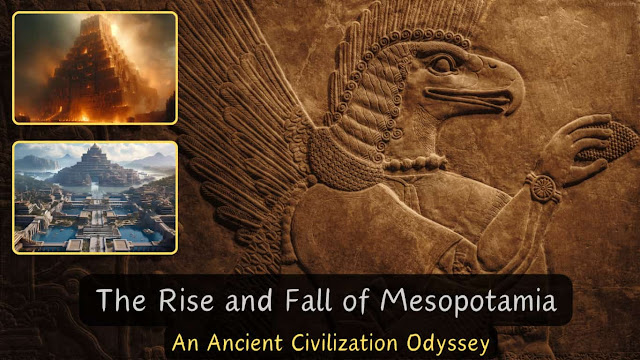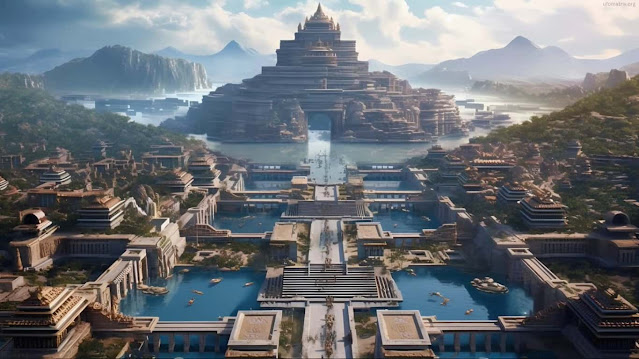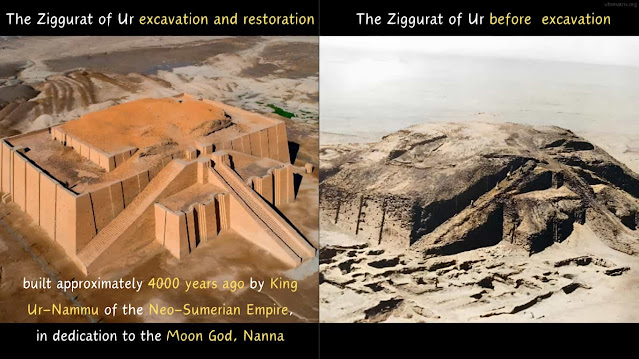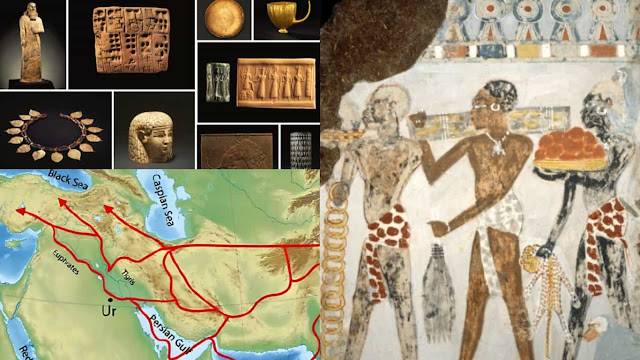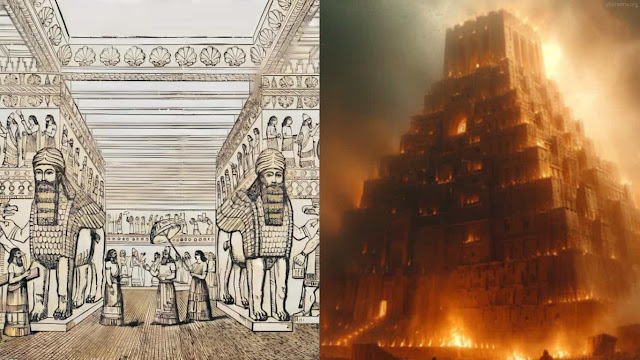Mesopotamia, often hailed as the “Cradle of Civilization,” stands as a testament to humanity’s capacity for innovation and resilience. Nestled between the Tigris and Euphrates rivers, this ancient region bore witness to the birth of complex societies, the invention of writing and monumental architectural achievements. In this comprehensive exploration of Ancient Civilizations, we delve into the intricate tapestry of Mesopotamia’s rise to prominence and eventual decline, shedding light on the factors that shaped its captivating narrative.
Origins and Flourishing City-States:
Mesopotamia’s story unfolds against the backdrop of fertile plains and a network of rivers that sustained early settlements. Around 10,000 BCE, communities began to domesticate plants and animals, leading to the emergence of agriculture. This agricultural surplus laid the groundwork for the development of urban centers, including the iconic city-states of Sumer such as Uruk, Ur and Lagash. These city-states, characterized by monumental architecture and complex social hierarchies, flourished as centers of trade, culture and governance.
The Birth of Writing and Legal Systems:
One of Mesopotamia’s most enduring legacies is its contribution to writing and legal systems. Around 3200 BCE, the Sumerians devised cuneiform script, a system of wedge-shaped characters impressed onto clay tablets. This revolutionary invention transformed communication, enabling the recording of laws, administrative records, and literary works. Hammurabi’s Code, promulgated around 1754 BCE during the Babylonian Empire, stands as one of the earliest known legal codes, providing insights into Mesopotamian justice and social norms.
Architectural Marvels and Engineering Feats:
Mesopotamia’s landscape is adorned with architectural marvels that attest to the ingenuity of its inhabitants. Ziggurats, towering stepped pyramids dedicated to the gods, dominated the skyline of Mesopotamian cities, serving as sacred precincts and symbols of divine authority. The city of Babylon, under the rule of Nebuchadnezzar II, boasted the legendary Ishtar Gate, adorned with vibrant glazed bricks depicting mythological creatures. These architectural achievements reflect Mesopotamia’s religious fervor, urban planning expertise and mastery of construction techniques.
Trade Networks and Cultural Exchange:
Mesopotamia’s strategic location at the crossroads of trade routes facilitated the exchange of goods, ideas, and cultural practices. The city of Mari, situated along the Euphrates River, emerged as a bustling commercial hub, linking Mesopotamia with distant lands such as Anatolia, Egypt, and the Indus Valley. The trade in luxury goods, including textiles, metals and precious stones, enriched Mesopotamian society and fostered cultural diffusion, shaping art, cuisine and religious beliefs.
Challenges and Decline:
Despite its remarkable achievements, Mesopotamia faced myriad challenges that contributed to its eventual decline. The region was plagued by incessant warfare, as rival city-states vied for supremacy and external powers sought to exert control over lucrative trade routes. Environmental degradation, exacerbated by deforestation and irrigation practices, led to soil erosion and salinization, diminishing agricultural productivity. The Assyrian and Babylonian Empires, while achieving territorial expansion, also faced internal instability and external pressures, hastening Mesopotamia’s fragmentation and eventual conquest by foreign powers.
